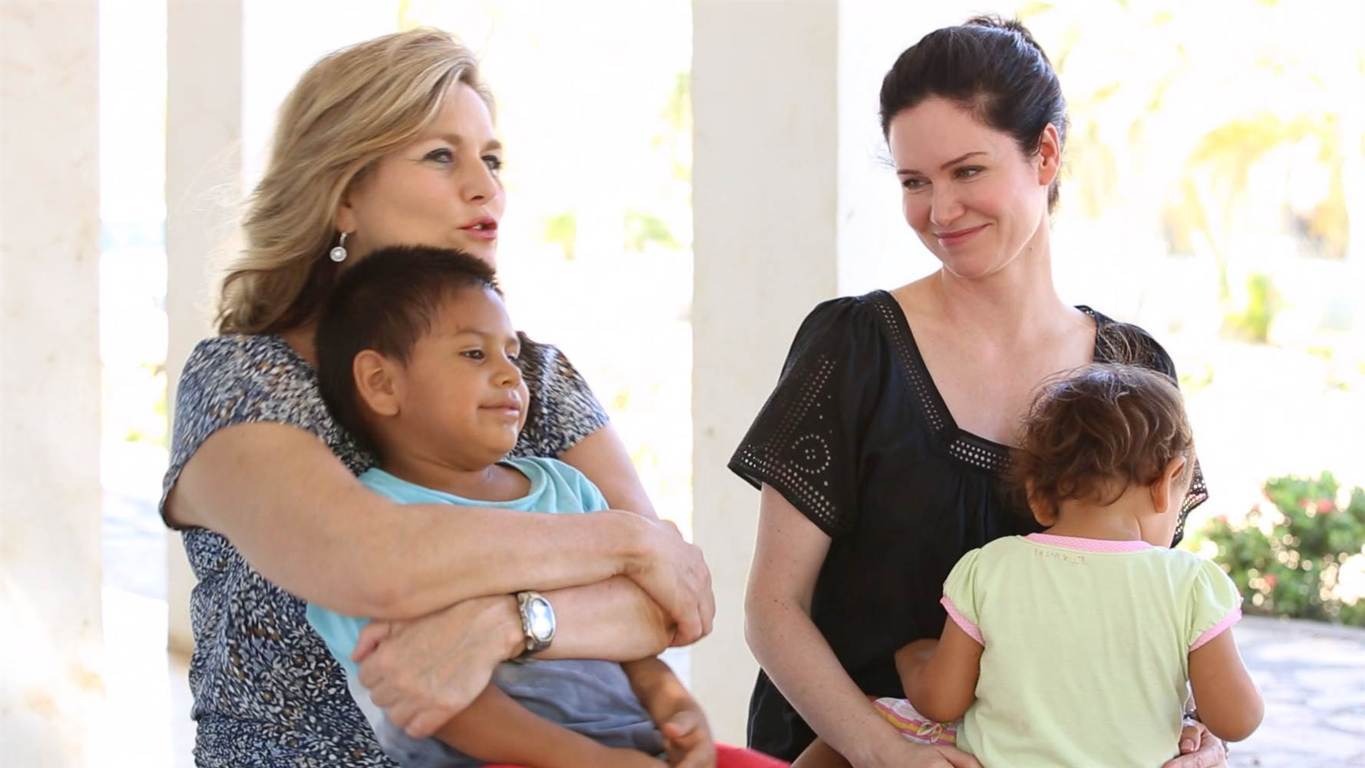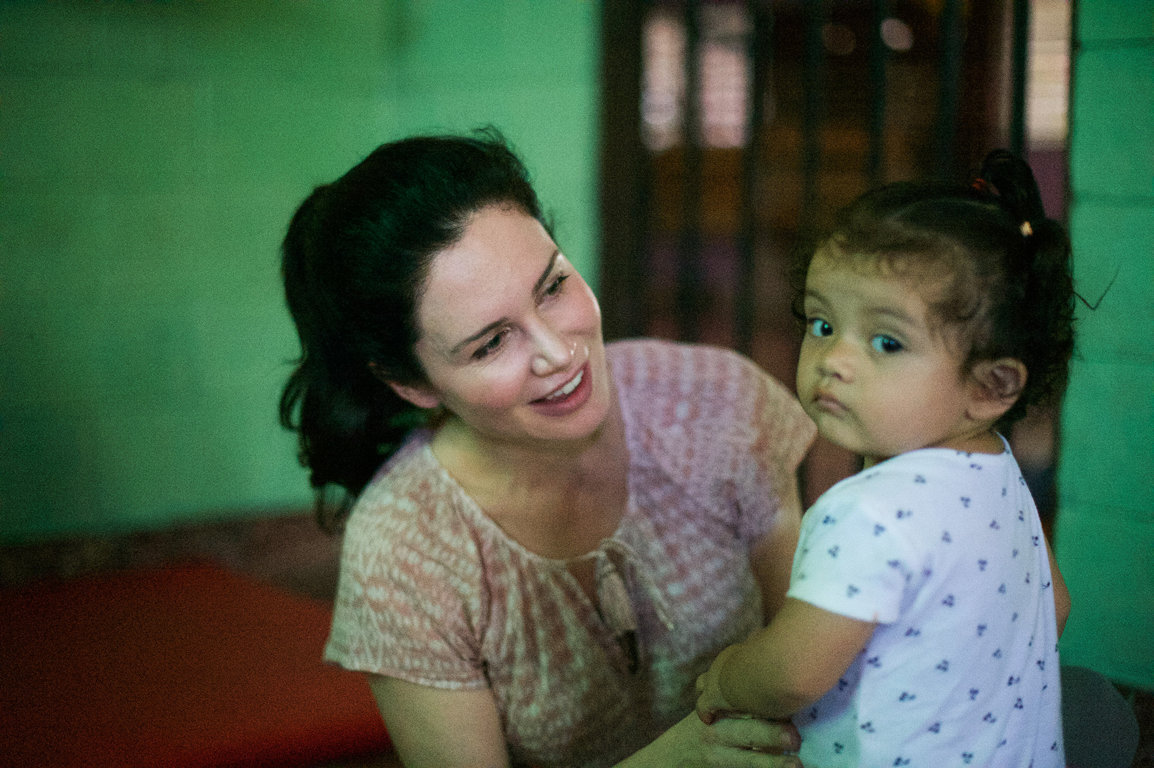
Best Practices: Karen Spencer’s Whole Child International
by Yash Saboo March 2 2018, 1:49 pm Estimated Reading Time: 2 mins, 47 secs"Look into your own heart, discover what it is that gives you pain and refuse, under any circumstances whatsoever, to inflict that pain on anybody else" – Karen Spencer
Karen Spencer, Countess Spencer, a Canadian social entrepreneur and the founder and CEO of Whole Child International, a U.S.-based non-governmental organization is working to improve the quality of care for vulnerable children in childcare institutions and orphanages worldwide.
Whole Child International (Niñez Integral in Spanish), is working at every level of the childcare, and particularly, orphanage system, to improve quality of care and ultimately improve outcomes for the most vulnerable children. Through methods backed by scientific research, Karen is working to lift an international taboo on working with orphanages and improve quality of care in existing centers, all while educating caregivers and government officials in methodologies of care that put relationships and children’s development first.

Source :NBC News
Through her organization, Karen is working to make sure that close emotional relationships are at the heart of childcare, no matter where the child grows up. Research has shown that a close relationship with a primary caregiver and high-quality emotional attachment do more to affect a child’s growth and development than any other factor. With this in mind, Karen Spencer is addressing institutional care – orphanages and childcare centers - in low resource environments, teaching every actor involved within the system to prioritize relationships first and improve overall quality of care.Whole Child’s best practices emphasize responsive caregiving, continuous primary care, small groups, open space for play, and individuality and identity. The changes require no additional resources but result in much better outcomes for the child. By making simple changes such as prioritizing play over order and cleanliness, or writing daily journal entries that track a child’s individual growth and identity, caregivers can create environments that, while institutional by nature, are closer to a traditional home experience for the child. Instead of thinking about infrastructure and the building, Karen stresses that the most important aspect of child care should be the human relationships themselves.

Source :People
To spread these best practices, Whole Child is teaching them to everyone involved with institutionalized children, from the caregivers to the highest government officials. The organization has developed a nine-month caregiver training program of classes complemented by on-site technical assistance. This program also serves to promote the dignity of caregiving as a profession, changing the way that these women and others think about their responsibilities. The Whole Child has also developed a university-accredited certificate program which is offered to center directors and government personnel. Taught by a combination of local professors and visiting experts, the program builds up local academic capacity in child-care teaching over time while reducing Whole Child’s cost in training trainers. It also makes the program highly replicable worldwide. By improving orphanages, Whole Child is challenging an international taboo against funding institutional care. Almost all major global organizations that work with children have taken a “last resort” approach to orphanages, claiming that because foster or family care has traditionally been the most desirable solution, they have decided not to fund any efforts to improve the current orphanages. Whole Child is leveraging its high-quality research to lobby to bring improvements in orphanage practices back to the discussion table.





-173X130.jpg)
-173X130.jpg)
-173X130.jpg)
-173X130.jpg)

_(7)-173X130.jpg)
-173X130.jpg)